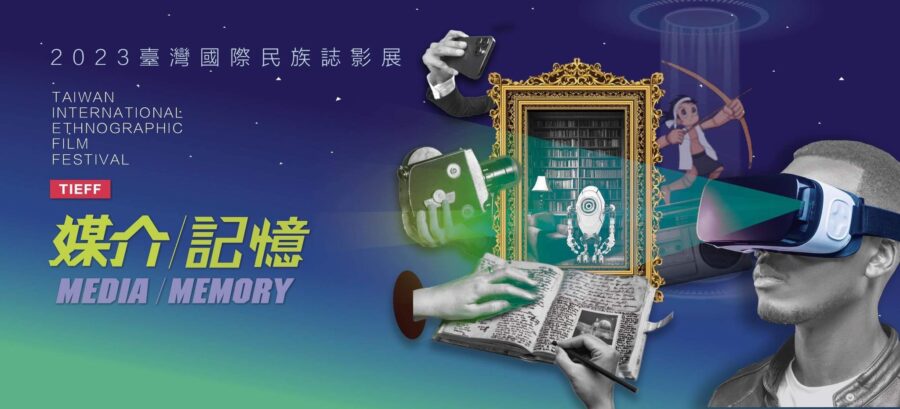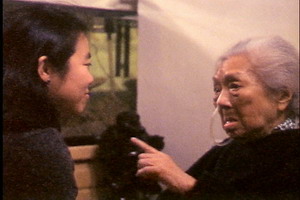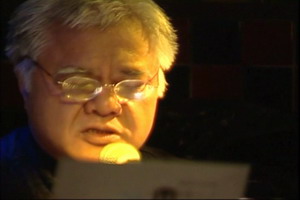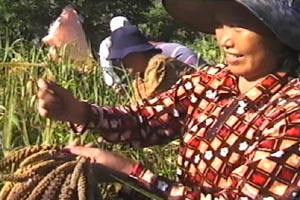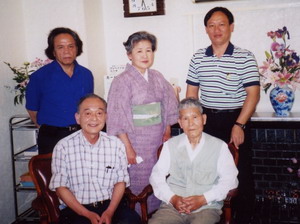Buddha’s Sons
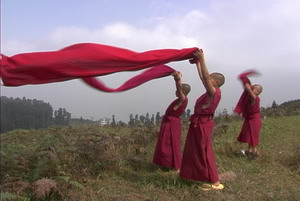
Himalayan children, barely of school age, are sent to Buddhist monasteries to apprentice as young lamas. This film takes us along on the journey of three such children through daily rituals, games, a scripture contest, and festival preparations. On a winter holiday break, they return home and reunite with their families. Through the rare glimpse of this homecoming we see that—like any other children—they carry the collective hopes of their families and those of their teachers.
